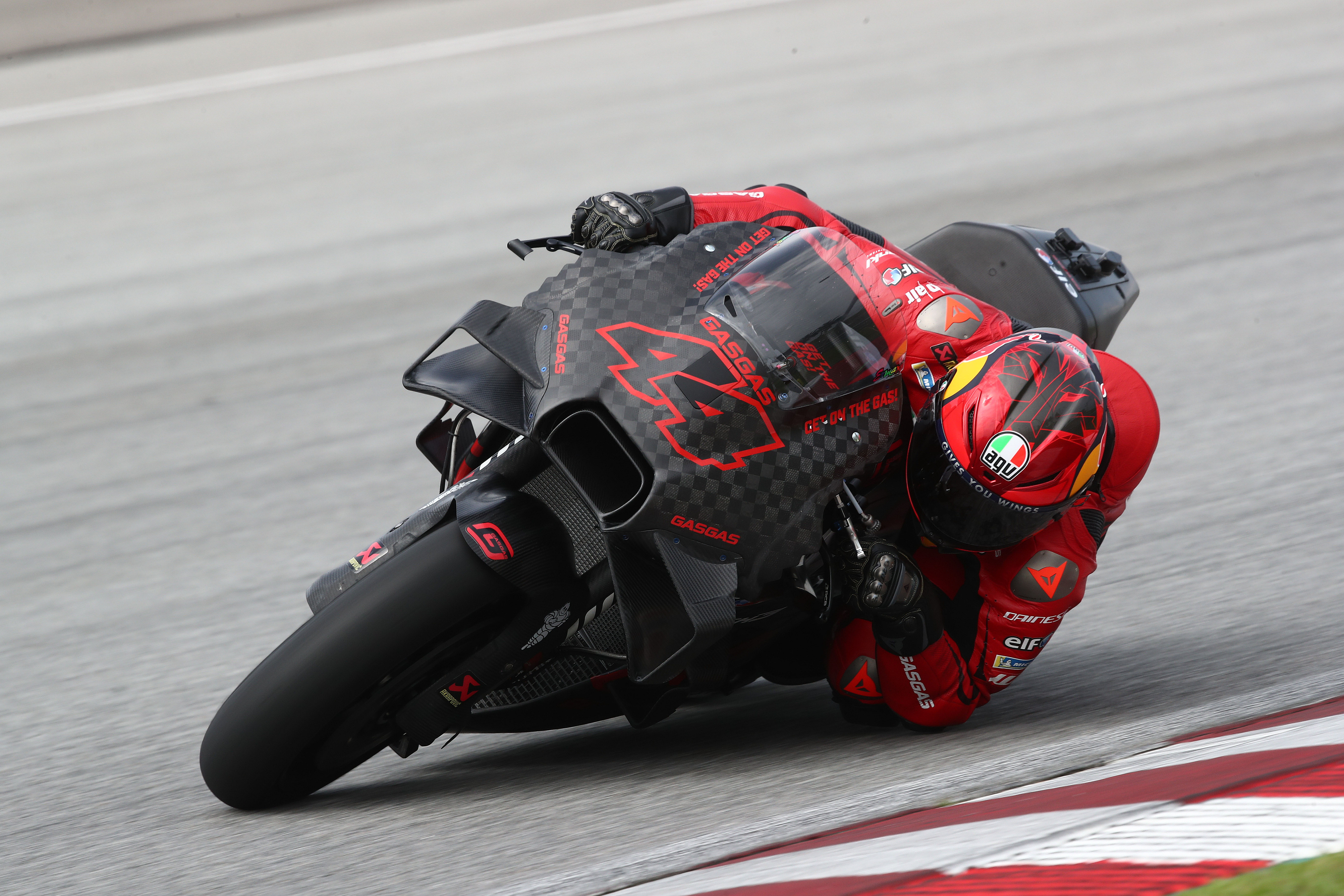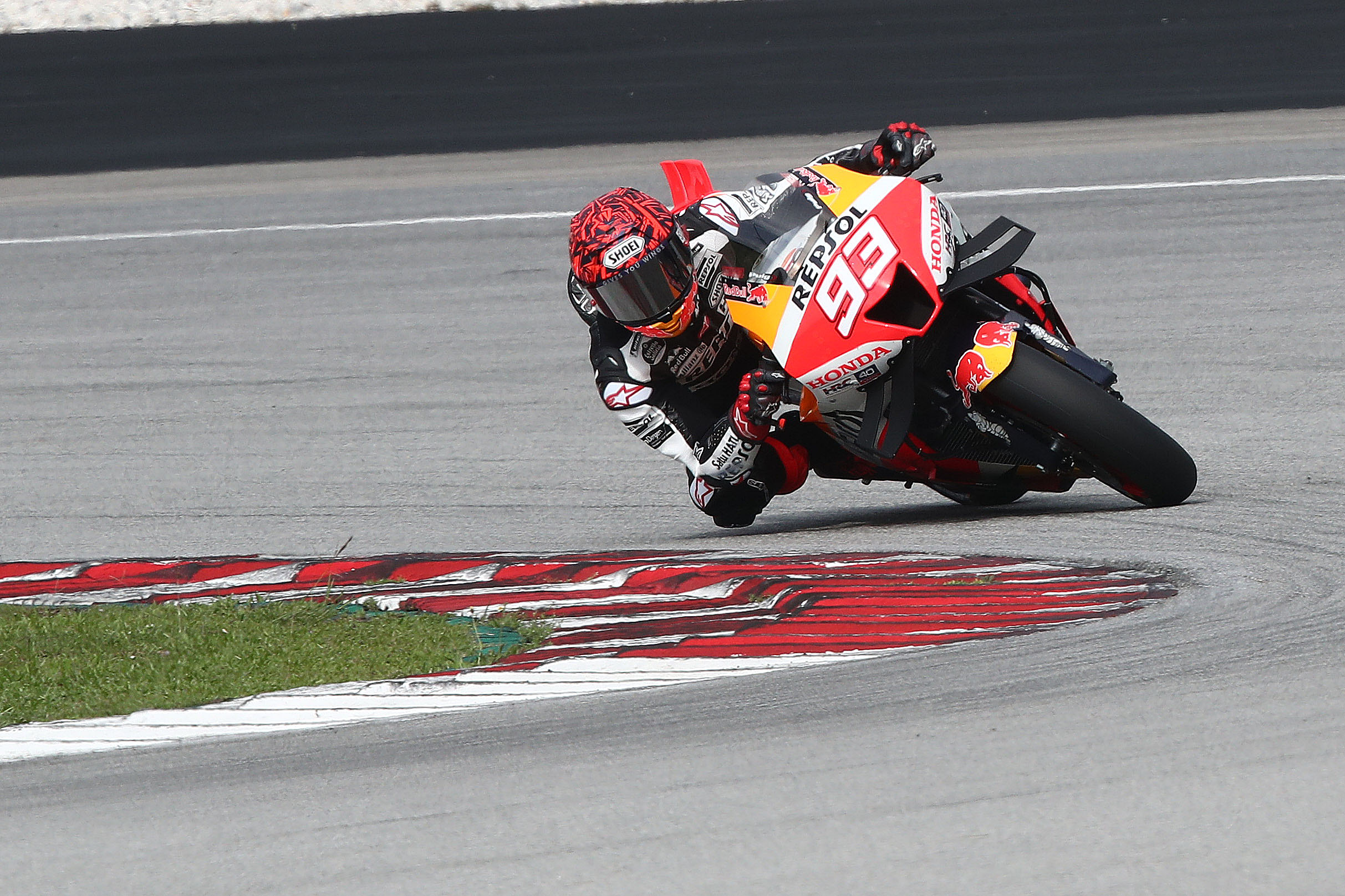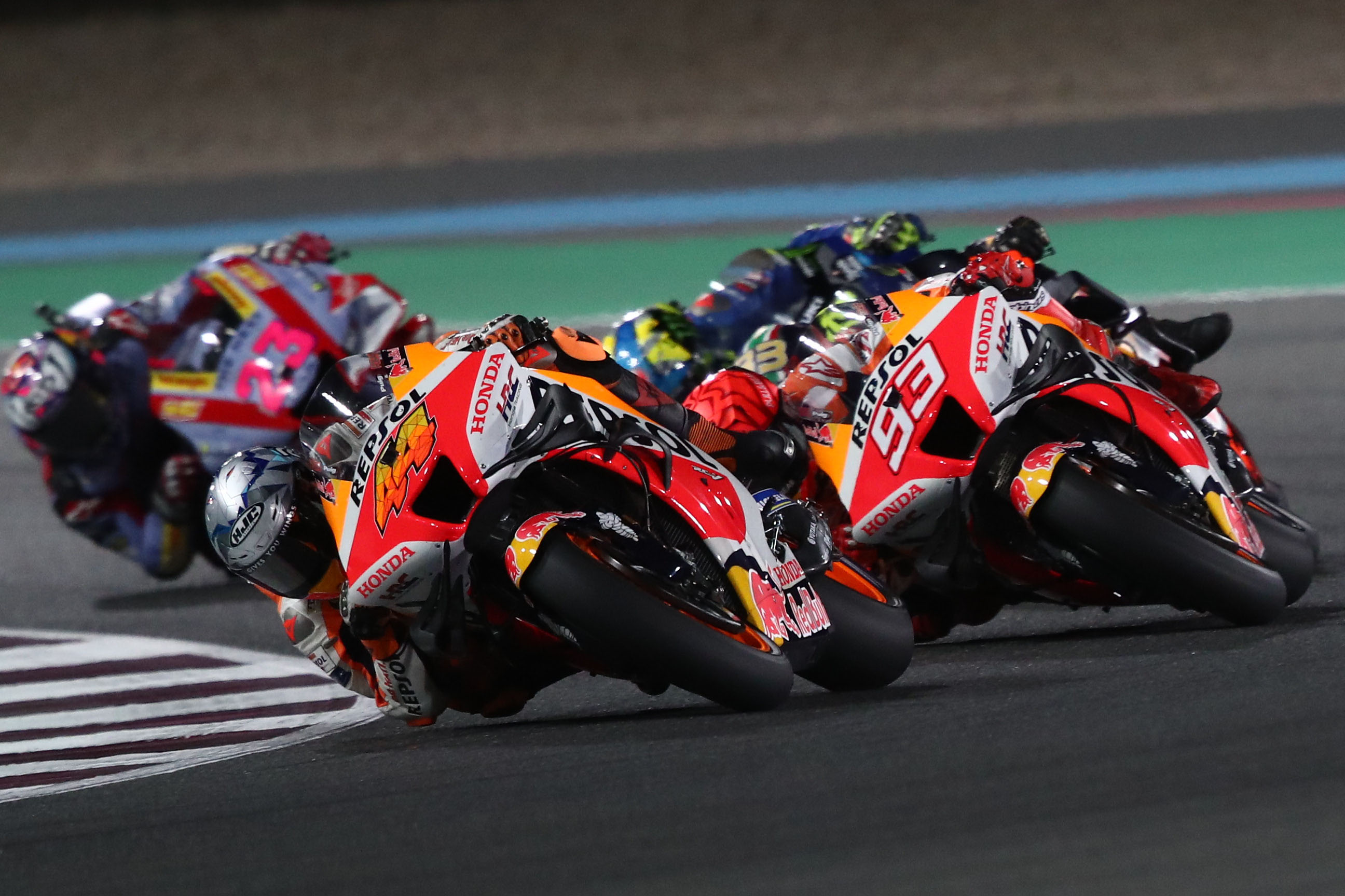until Abu Dhabi Autonomous Racing League

Tech3 Gas Gas racer Pol Espargaro says aerodynamic development in the series has led to a fundamental shift in how you ride a modern MotoGP bike – and he has insinuated that former employer Honda needs to make the realisation sooner rather than later if it’s to return to competitiveness.
Espargaro returns to the KTM fold in 2023 (albeit under the Gas Gas banner) after two failed seasons at Repsol Honda alongside Marc Marquez, with nothing more than two podium finishes to show for his time there – but he looked immediately more comfortable when he first jumped back onto the Austrian brand’s bike at Valencia last year.
And the reason for that, he believes, is due to KTM and its increasingly diverse coterie of engineers (some of whom have been poached from Ducati over recent months) realising that the explosion of aerodynamics has led to a fundamental shift in how you handle a MotoGP machine in the crucial braking phase of turns.

Since the addition of wings and, to a lesser extent, ride height devices, to bikes in recent seasons, it’s become rare to see once-normal shots of machines flying into corners with the rear wheel floating above the ground – and the difference that it’s making means that there are suddenly many more tools available to the rider to slow down, according to the 31-year-old.
“One of the things I need most to ride a bike is the rear brake,” Espargaro explained ahead of getting his 2023 season underway at this week’s Sepang test, “to stop the bike with the rear brake.
“In KTM and in Gas Gas now there are quite a lot of Ducati engineers, and engineers coming from other places – and [they know] that in this new era of bikes you can’t handle everything with the front. You need to help the bike quite a lot, not just on engine brake, and the rider needs to lean a lot on the rear brake.
“With all the wings and all this package, what you gain is a bike much more down. By doing this, the force on the acceleration and braking is much closer to the ground.
“If you check the bikes of five or six years ago, they were all with one wheel floating on the brakes. Look at the Ducati now, which is the master of aerodynamics, and the bike isn’t moving.
“When you’re leaving the rear super down on braking and acceleration, the rear is working much more and you can use the rear brake and engine brake much more for stopping efficiency.”
Espargaro even hinted that the need to ride differently might well be the reason why former team-mate Marquez hasn’t enjoyed the same success of late, with the six-time champion not yet fully aware of the need to modify his own style (and his bike) to compensate for the effects of the Honda’s wings.

“When you start to brake you can’t hammer the front brake,” Espargaro explained, “because if you do the front starts to move. You need to be smooth and then increase the pressure.
“That’s where the engine brake is working, and you don’t use the rear brake or they fight each other. As soon as you lean, though, if you keep a high engine brake the tyre changes a lot during the race.
“If you keep the engine brake high, then after seven or eight laps with a new tyre you’re f***ed. The point is that part of the corner, until you release everything, you have to play with the rear brake.
“When you’re dipping into the corner, the more the front is on the limit, the more you need to squeeze the rear. If you take off 20% of the front, you have to compensate with 20% of the rear.
“If you just keep squeezing the front, that’s why we see Marc losing the front so much and saving so many crashes.
“It’s nice to see, but it’s not the right way.”
And Espargaro is even suggestive that his two difficult years at Honda are in large part down to the Japanese firm also not quite understanding the significance of this shift in ethos – or, at the very least, being aware of it but still keen to build a bike more suited to the style of Marquez.
“I got used to doing that on KTM and I do it quite naturally now,” he explained of the way he rides. “The problem is that for the last two years I couldn’t use the rear brake, nothing. It’s super difficult.
“It’s like writing with your left hand instead of your right hand – you can do it, but not as fast and not as confidently. This is what happened to me.

“Sometimes, I could write fast. I could do it in the pre-season where I could use so much rear brake, but I lost it slowly and my results went down as my rear brake use did.
“At the beginning of the year I was faster than the others, because I could use my rear brake and they couldn’t – I was faster than Marc in Qatar, and he was checking my data saying that he needed to relearn how to ride the bike.
“But slowly, I lost it and they gained another thing. I was pissed off at that, but at Gas Gas the situation is different and the bike can be ridden with the rear brake on the entry to the corners.
“The front becomes less stressful. Ducati engineers told us also that this is the way. To squeeze the rear and let the front be a bit more free.”


